This article will explain the Cisco UCS B-Series setup from the scratch . As you know that Cisco UCS is highly customizable and I have demonstrated one of the way of UCS deployment. This may vary for each environment but Cisco UCS beginners can use this article since it explains from where to start and end. Once you have setup the UCS chassis and UCS Fabrics , you can follow the below listed articles to boot the first Blade on the UCS environment.
1. Learn more about the Mezzanine card which plays a huge role on Cisco UCS domain. This article will explains that how the card works.
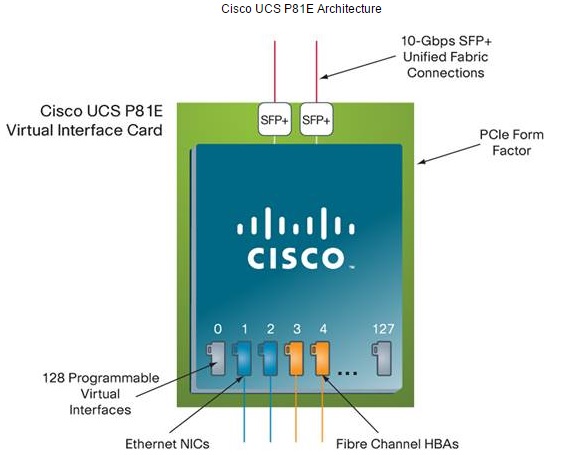
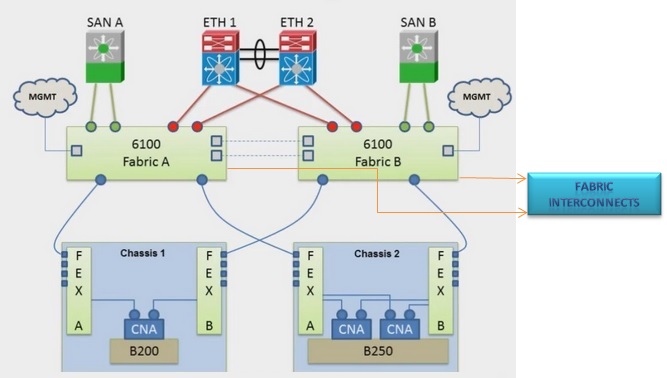
3. This article will explains more about Fabric interconnects and clustering between FI’s.
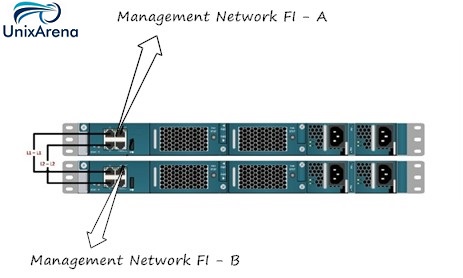
4. This article explains about discovering the UCS chassis on the FI’s (UCS Manager).
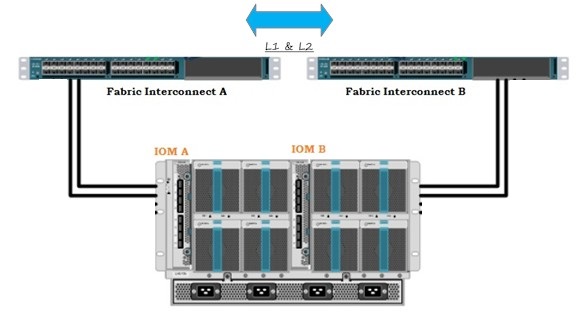
5. Configure the LAN uplinks port and port channels to provide the external LAN connectivity.
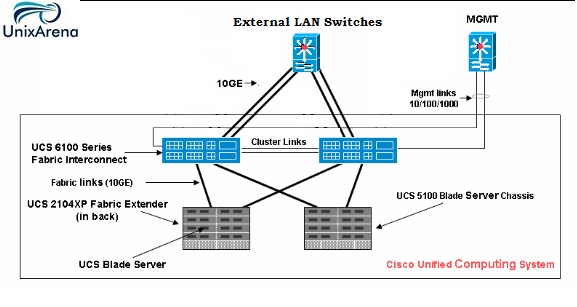
6. Configure the FC uplinks ports and port channel to provide the external SAN connectivity.
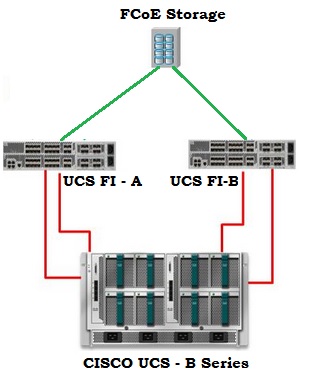
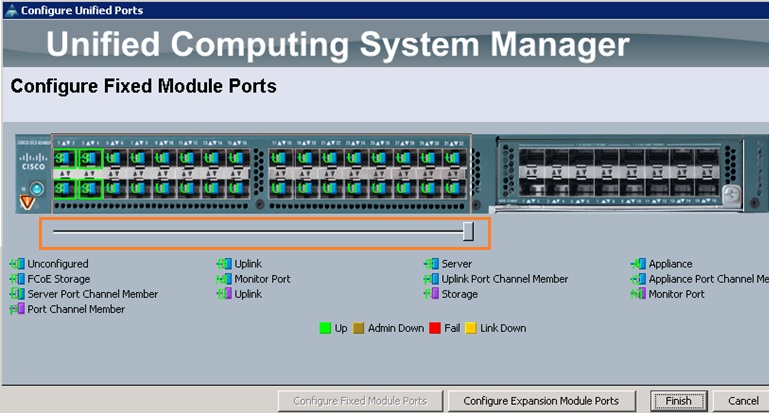
8. Configure the KVM IP Pool for the Blades.
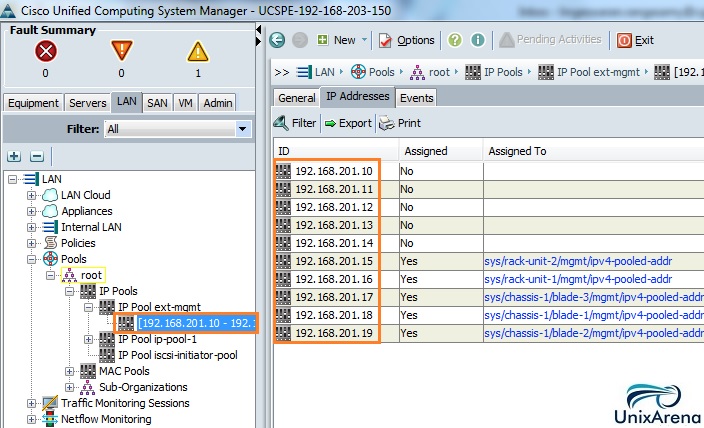
9. Create the sub-organization , Server Pool and UUID suffix Pool.
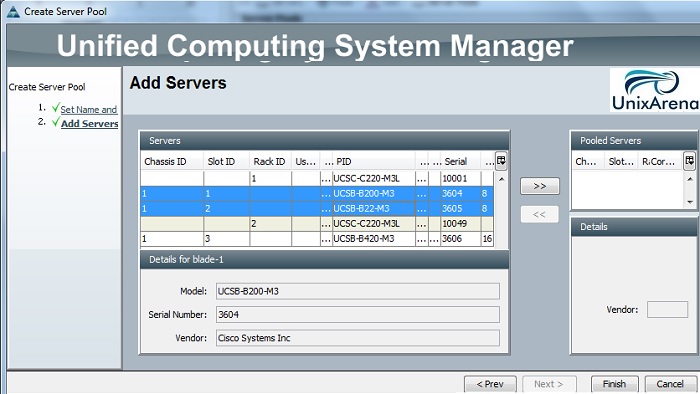
10. Create the MAC Pool for Blade servers.
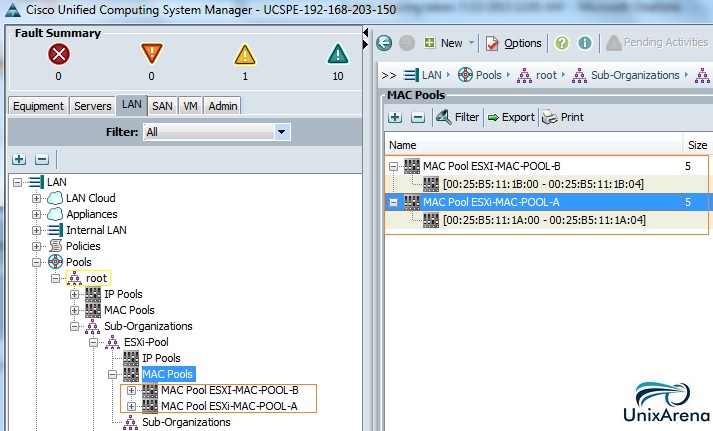
11. Configure the WWNN & WWPN pools.
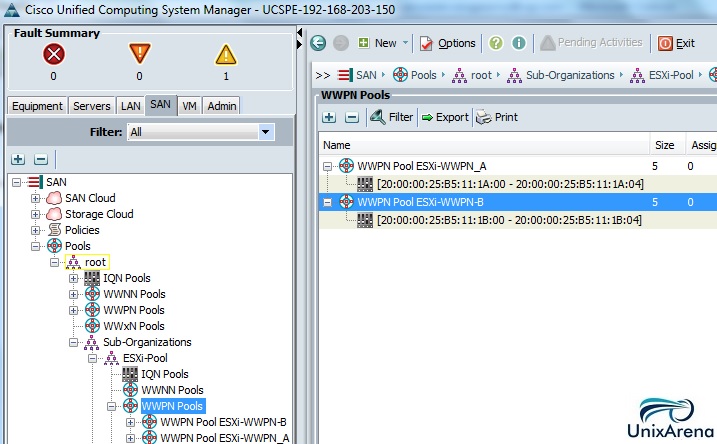
12. Configure the network control policy , vLANs & vSANs.
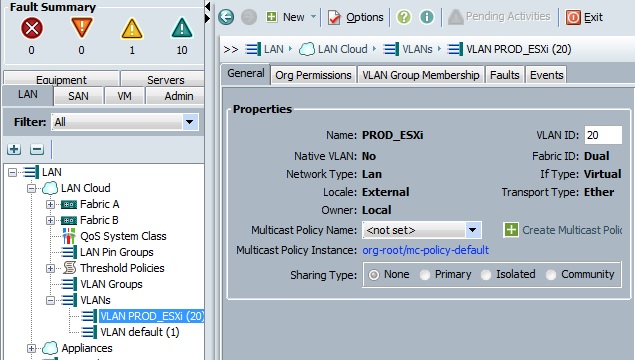
13. Create the vNIC & vHBA templates.
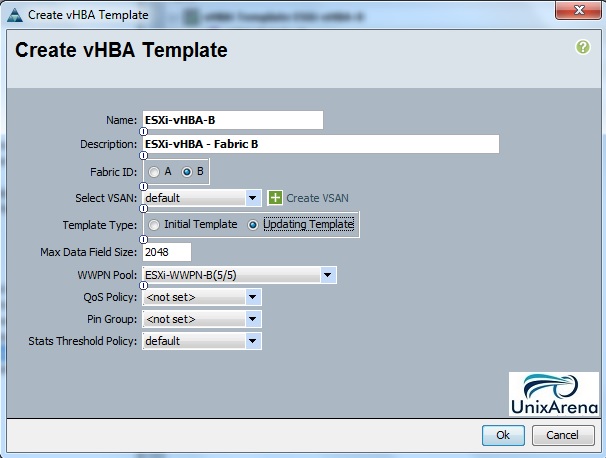
14. Create the BIOS , BOOT , Maintenance polices.
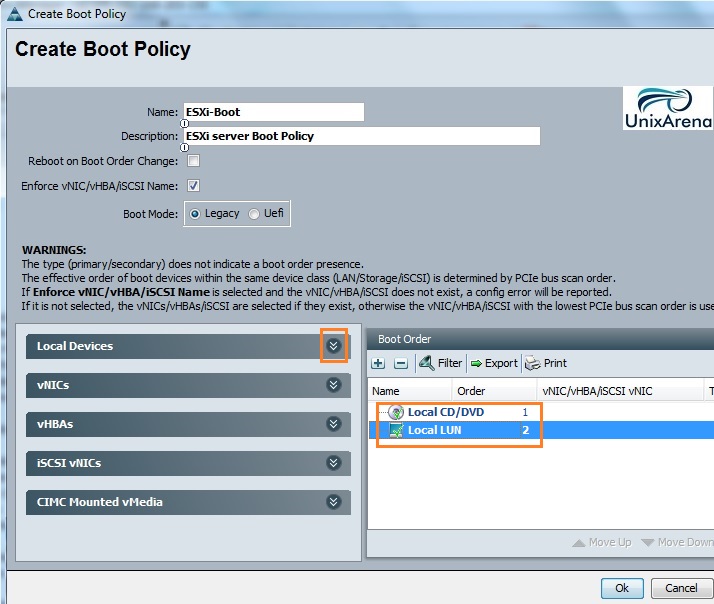
15. Create the service profile template.
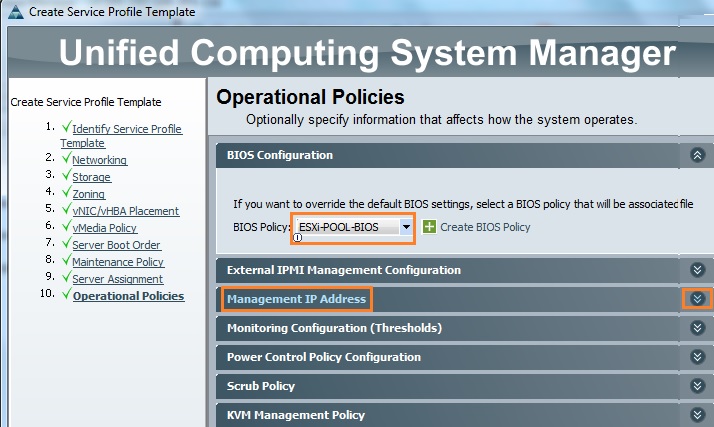
16. Create and associate the service profile to the blades.
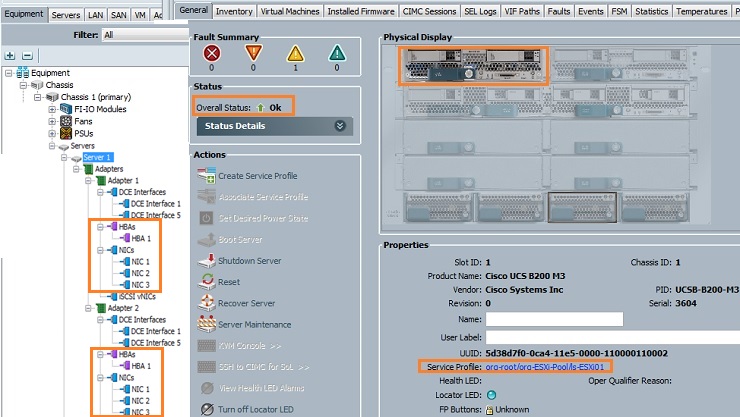
At this point , you have started using the Cisco UCS blades. The below listed links will be helpful for UCS domain administration.
1. Generating & downloading the UCS TechSupport Files.
2. Configuring the call home facility on UCS Manager.
3. Configuring NTP & Configuration Backup of UCS domain.
Hope you have enjoyed the UCS journey. Please leave a feedback here.
Noor E Alam says
This is an Excellent Article Thanks a lot